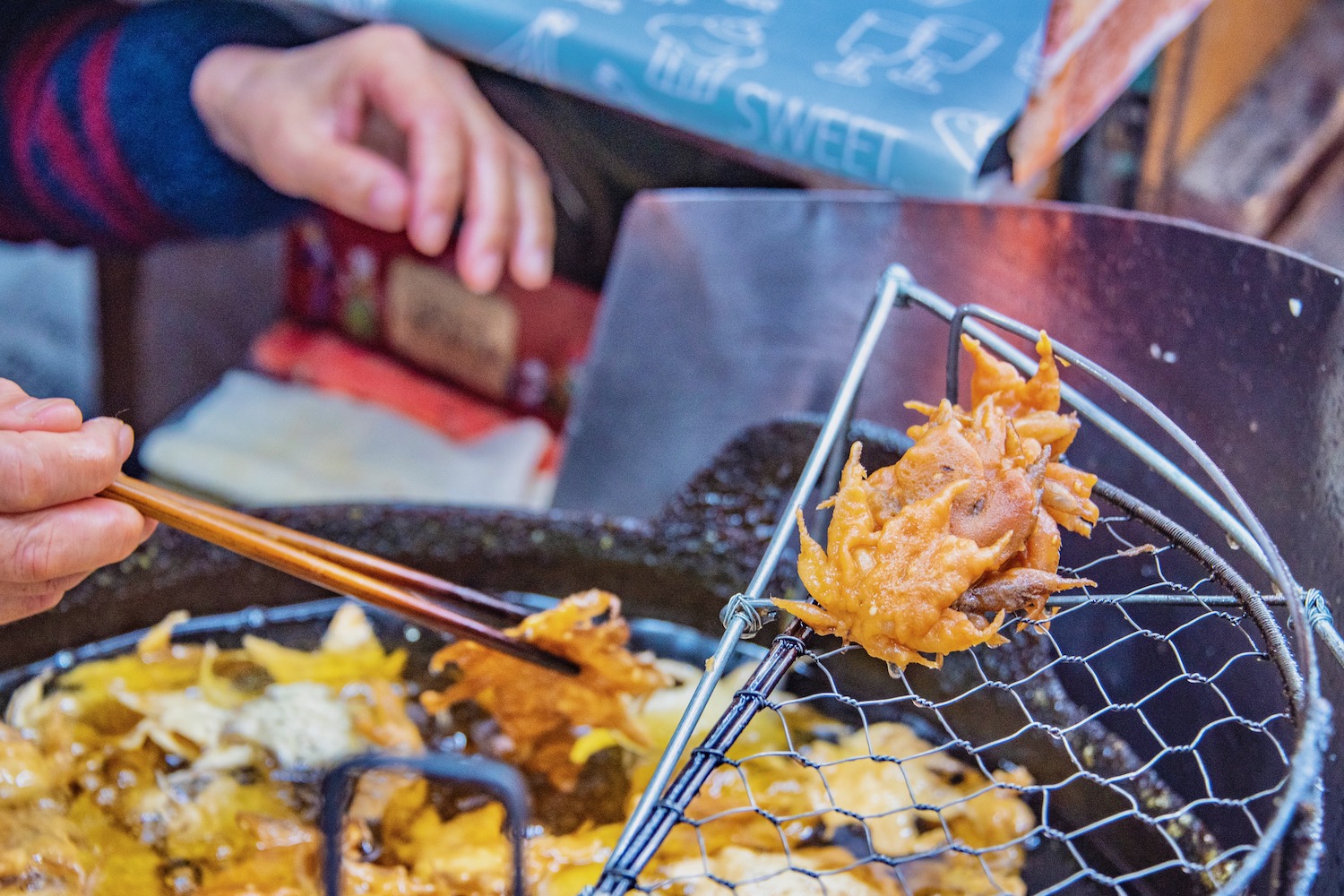Some bloggers might be tempted assume you know at least something about “Momiji tempura,” since this is the term most people use to navigate to blog posts like this one. However, if you know what they say about assuming (it makes and ass out of “u” and “me”), then you can respect that I’m going to do no such thing.
Put simply, it’s maple leaf tempura—momiji means “maple leaf.” As for what tempura is, I’m also not going to assume you know that. (If you don’t—and no judgment on that—it’s a Japanese style of frying that’s famous for being light and airy while also being sumptuous and delicious.)
If you’re traveling to Japan and want to taste fried maple leaves, Osaka is where you’ll want to be. I’ll get into more specifics—about how to taste these treats, and otherwise—over the next few paragraphs, so I hope you’ll keep reading.
How Did Tempura-Fried Maple Leaves Become Famous?
Regardless of why you’re now Googling “Momiji tempura,” I have a feeling I know where you discovered it. A few years ago, the viral video site Great Big Story produced a clip about the fried maple leaves. Not surprisingly, it went extremely viral. In fact, it was at this point that I too learned these delicious delights exist. So although I usually abhor the sort of content it makes, I have to say arigatou gozaimasu to GBS.
Of course, this is a Western audience we’re talking about. As far as the general concept of fried maple leaves, Japan and the Japanese have known about this for years (and, for those who live in the Kansai region, decades). As far as who originally decided this would be a good idea? Well, I have no idea about that, although I’m sure Google has various answers as to his or her identity.
Momiji Tempura Fast Facts
Tempura maple leaves are only available in the fall
If you want to eat deep fried maple leaves, Japan makes it easy for you to do so. However, you will need to visit during the autumn season, as this is the only time of year when the leaves needed to make this treat are available in sufficient quantity. Assuming you also want to see autumn leaves at peak color (more on that in a second), the best time to come is late November or early December.
You can eat Momiji tempura on a day trip from Osaka
Although you might be tempted to assume an extremely rural origin for maple leaf tempura, Japan’s second-largest city is only a short train ride away. Specifically, you can ride the private Hankyu Railway from Umeda Station to Minoh in less than an hour. Even if you plan to enjoy other fall activities besides the maple leaves (more on those in a second), it’s very easy to eat momiji on a day trip from Osaka.
Maple tempura isn’t the only game in (Minoh) town
Once you’ve finished eating Momiji tempura, I encourage you to continue along the trail that leads away from the train station and through the town of Minoh. It will ultimately lead you to Minoh Falls, which is especially beautiful in autumn, when flourishes of red and orange rise behind its falling water. If you have a longer amount of time and don’t mind hiking a couple of hours, you can also walk to Katsuo-ji temple.
Momiji tempura sellers are somewhat cranky
As I detailed in my blog post about my Minoh day trip, the people selling the fried maple leaf Japan has made famous aren’t always friend. Some of them flat-out yelled at me when I attempted to photograph them doing their work, even though I purchased a bag whenever I tried to do this. At Minoh Falls (which is public property), one even threatened me loudly when I walked down onto the rocks to snap some selfies. What nerve!
The taste of maple tempura might surprise you
After you purchase your fried maple leaf, Osaka will beckon you to return for dinner. This might be a good thing, as the Momiji tempura are both oiler than I expected and sweeter than I really wanted. I don’t want to be totally dismissive, of course—they’re not terrible—but I can say that for some travelers, fried maple leaves are more interesting to look at than they are to taste, even if they aren’t necessarily just a novelty.
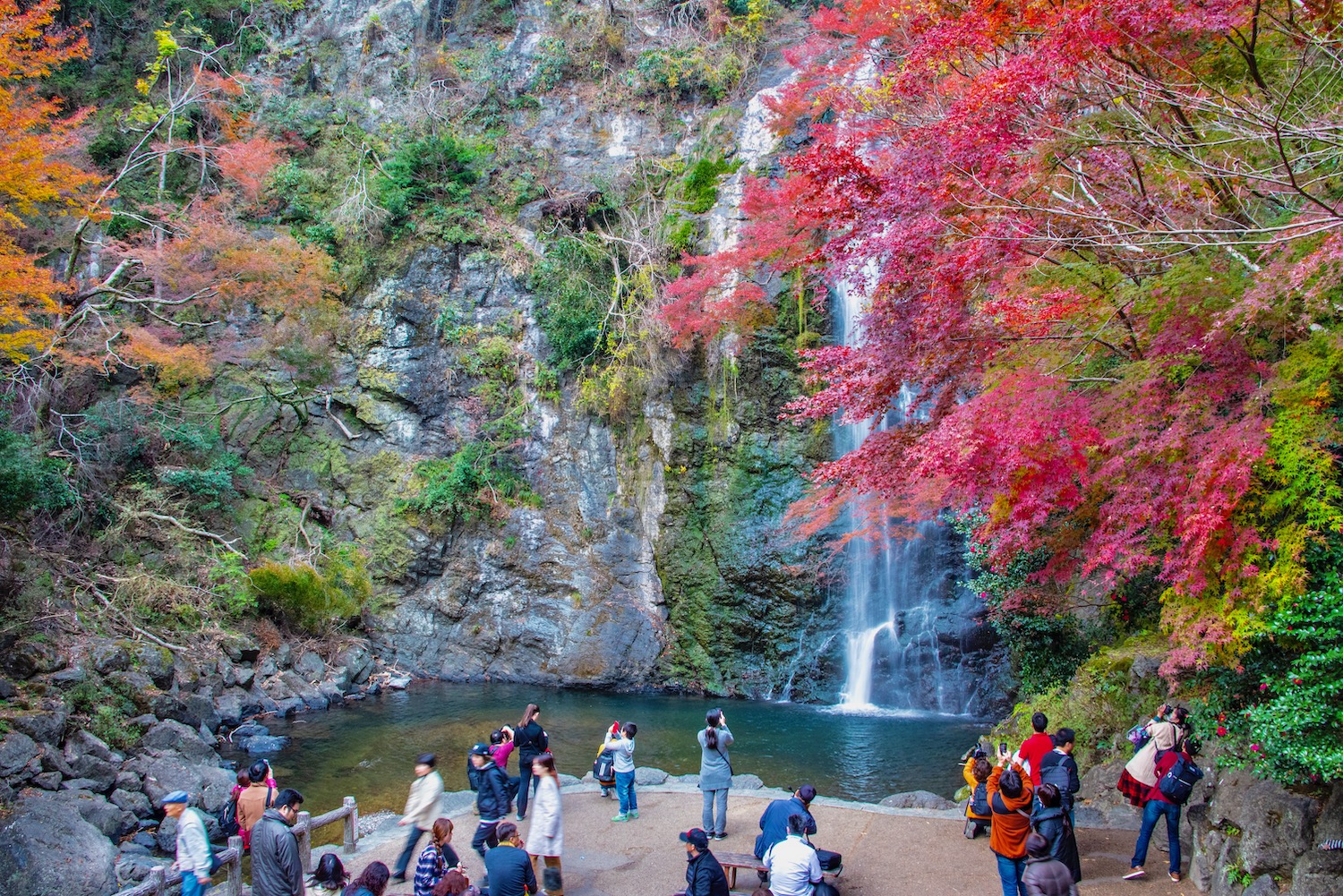
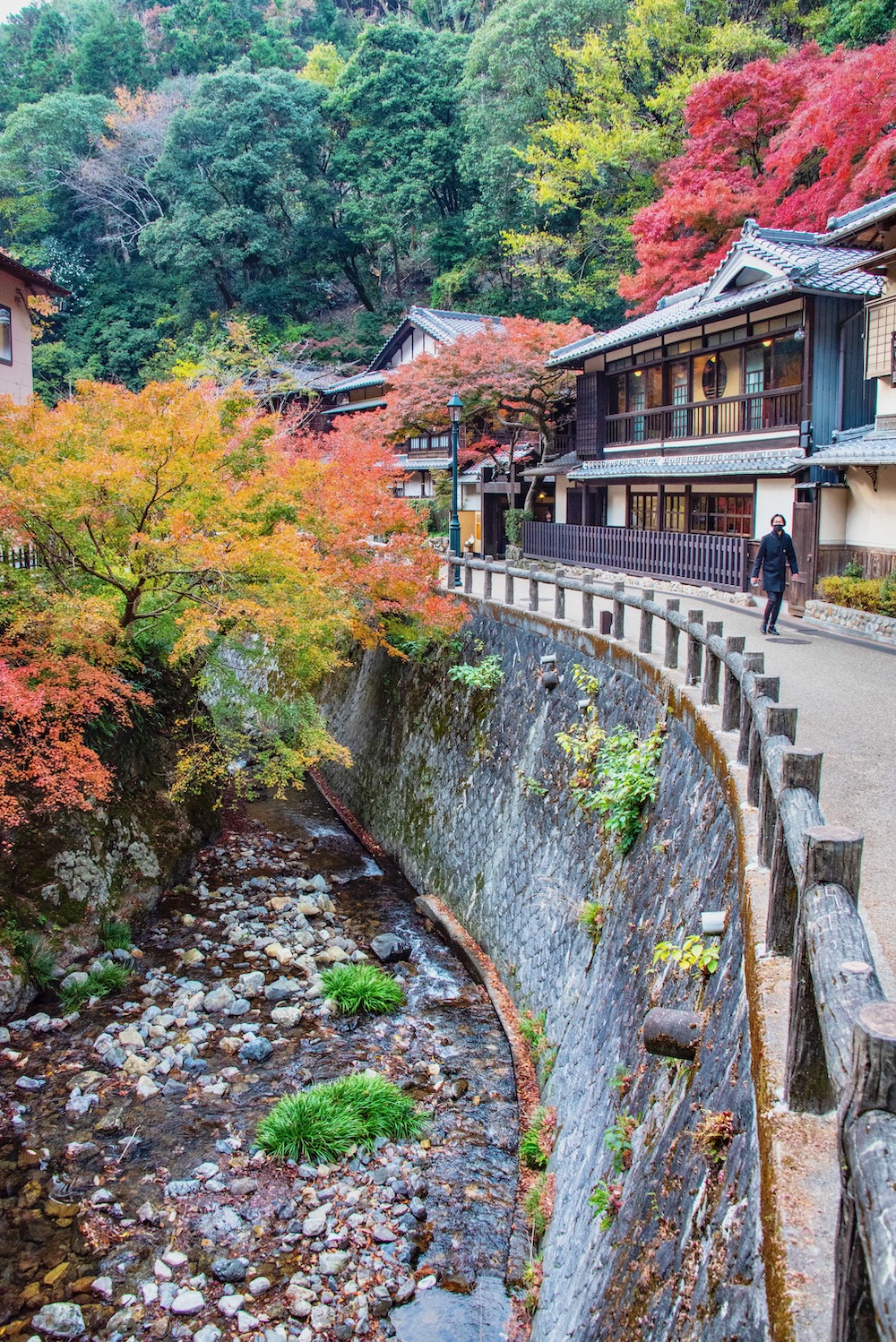
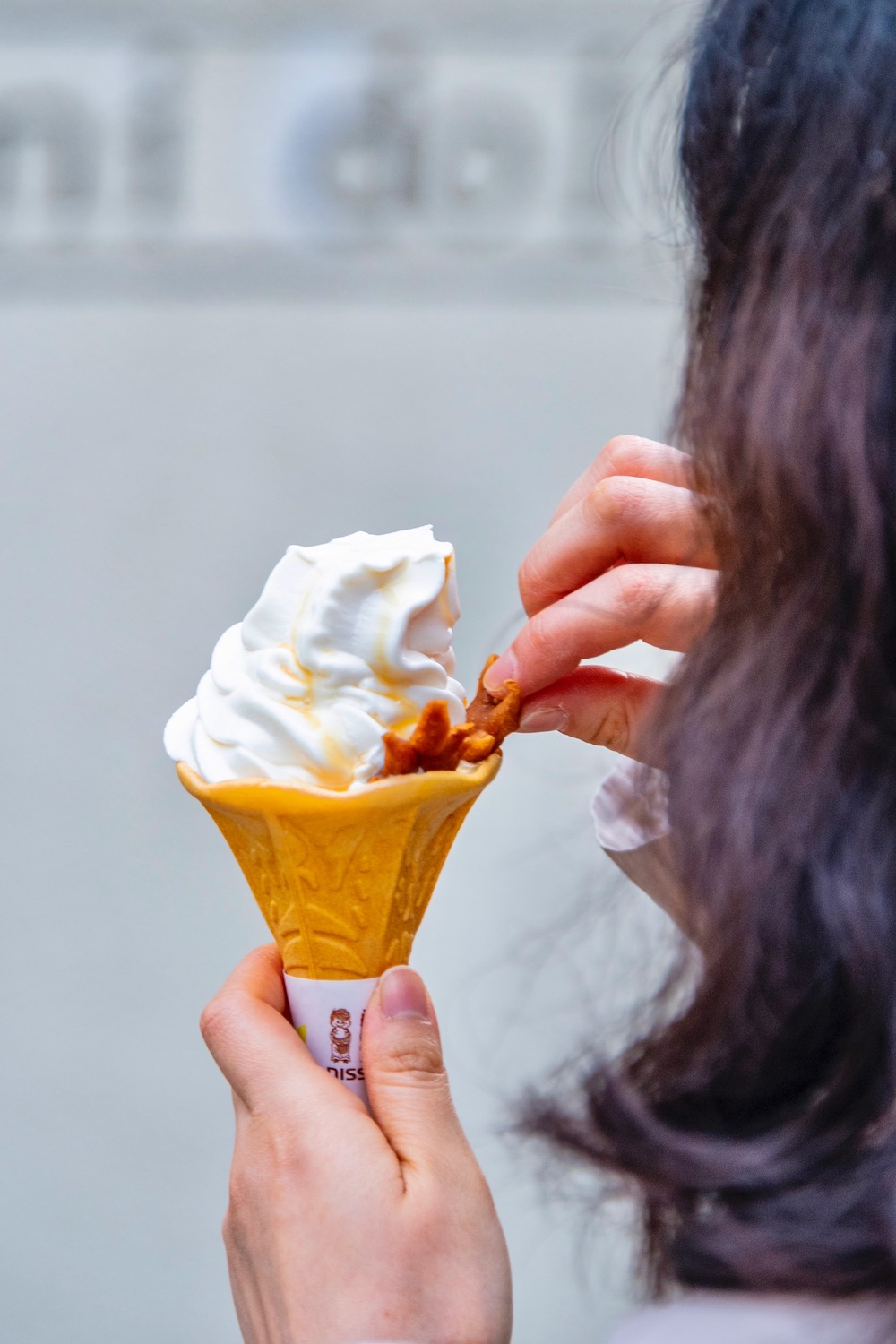
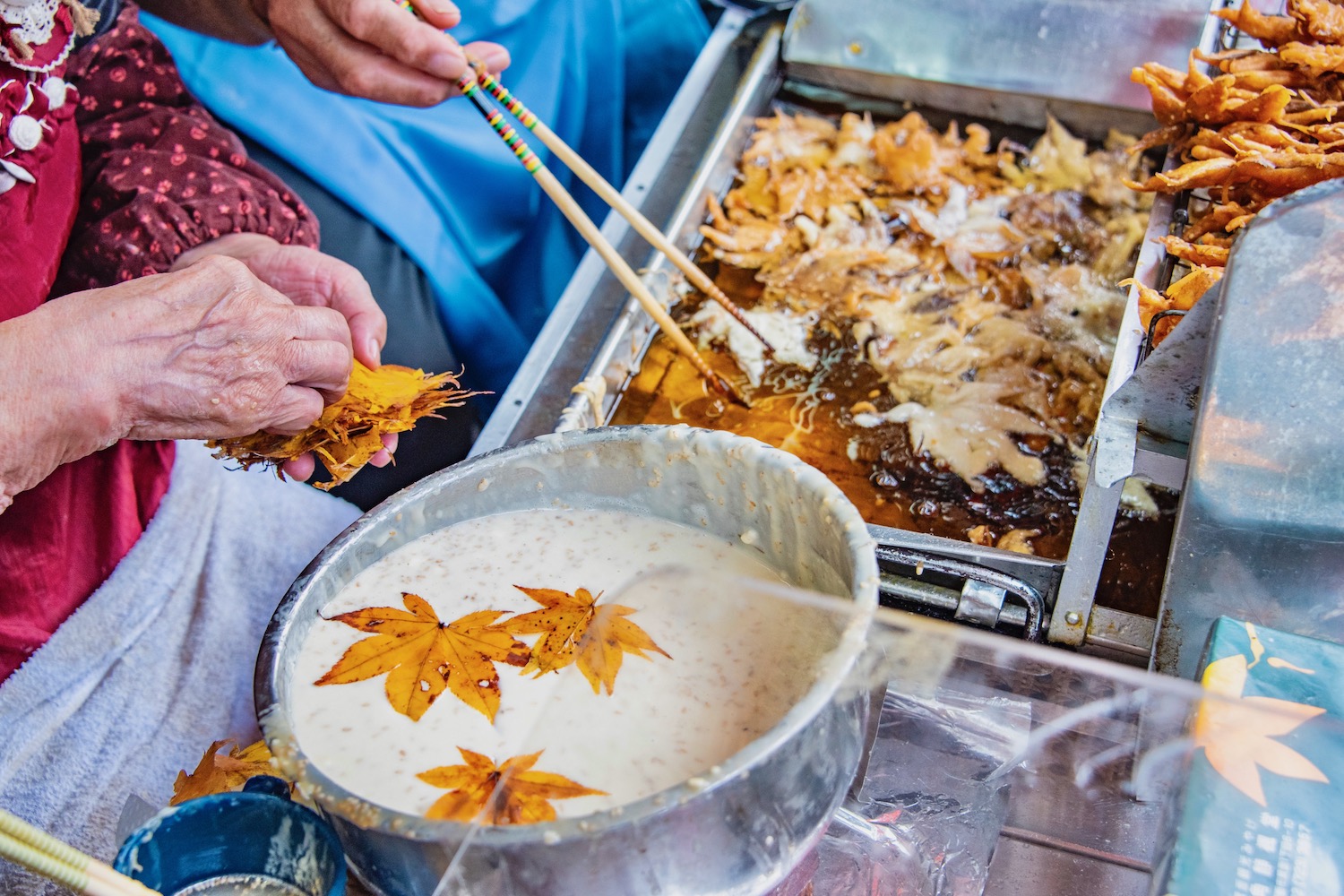
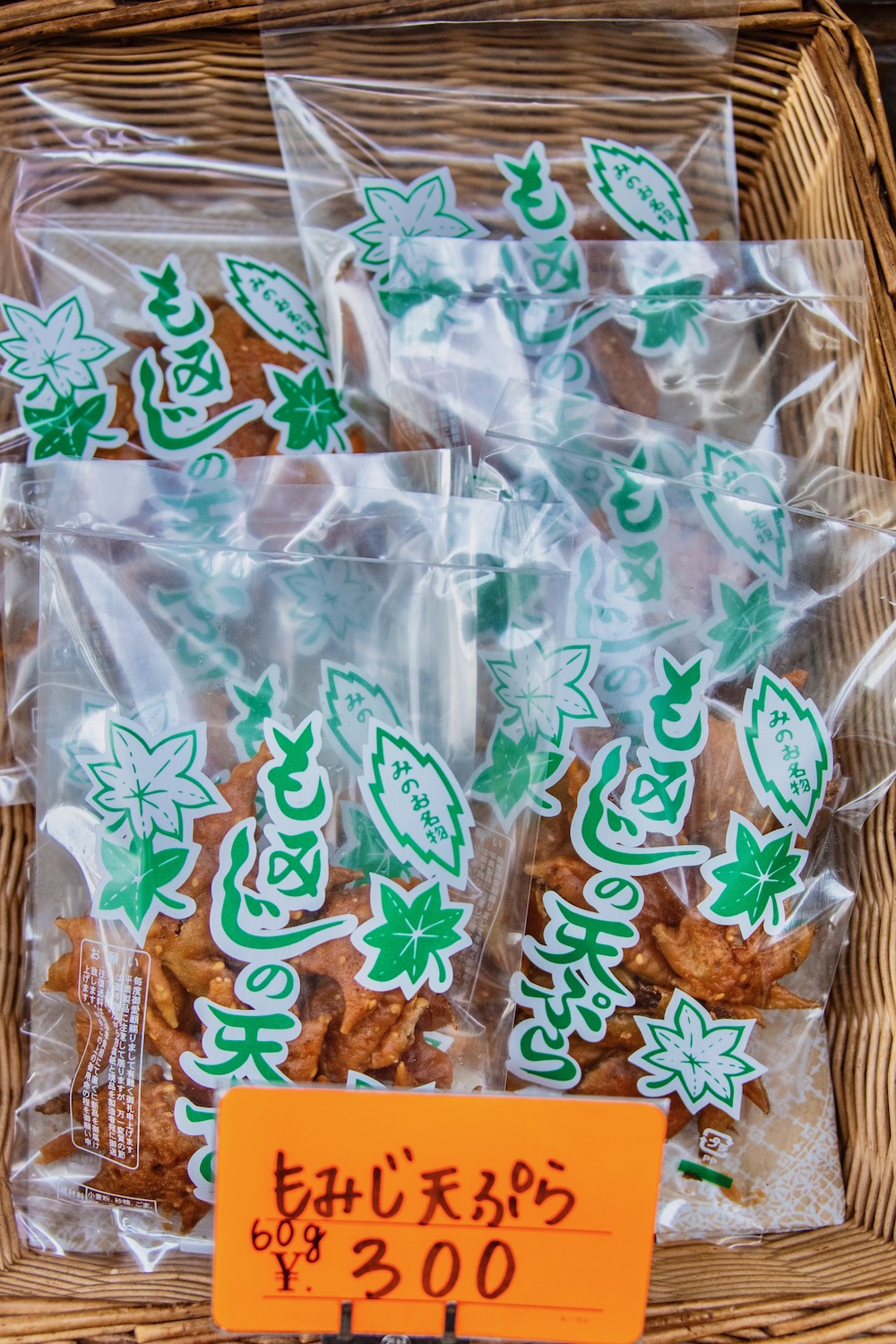
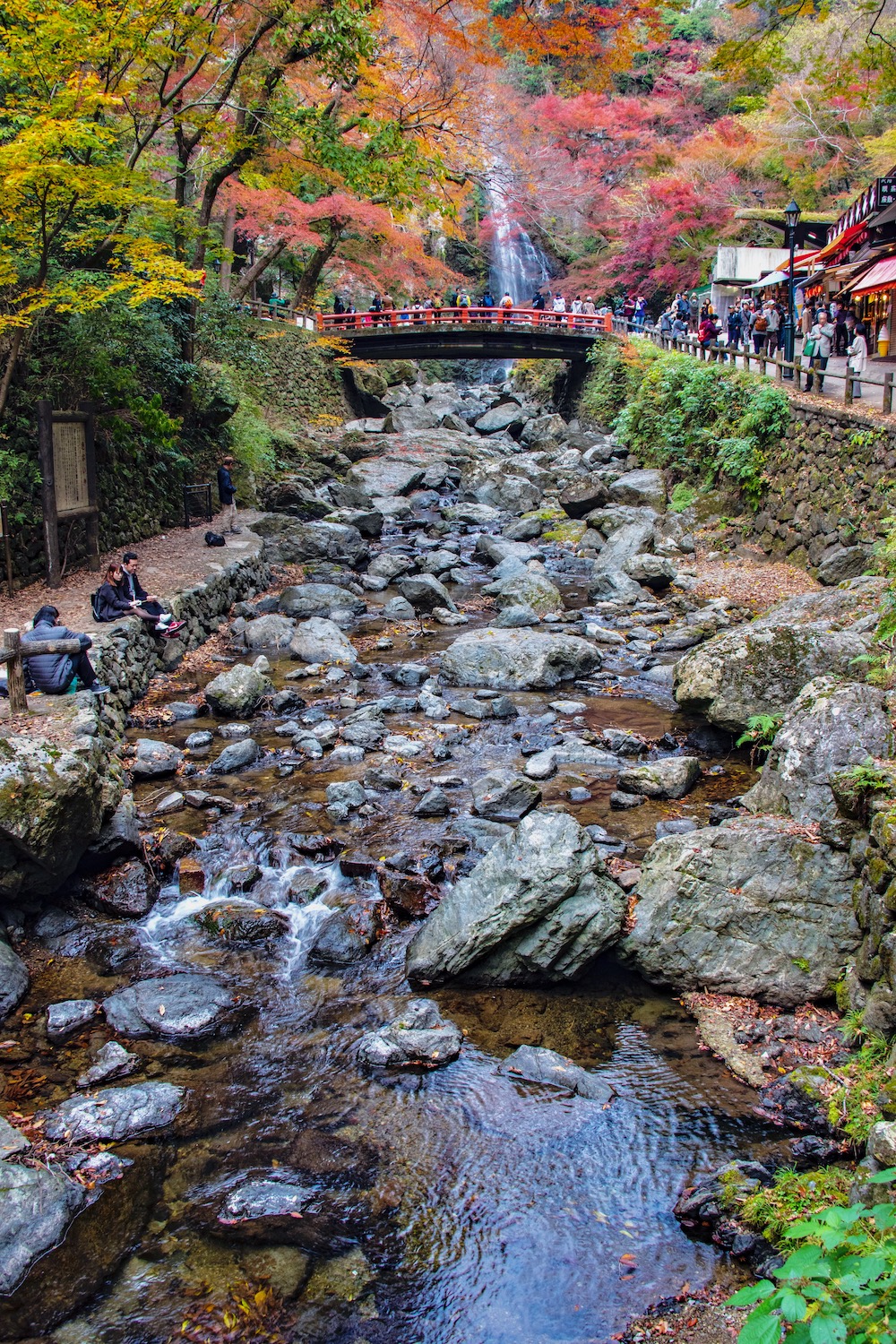

Do Tempura-Fried Maple Leaves Live Up to the Hype?
When stacked against the fried maple leaf, Japan food favorites apart from it tend to do pretty well. To put it another way, Momiji tempura is not something I ever necessarily want or need to eat again, even though I wouldn’t say no to it if someone gave me one. It’s very sweet, as I mentioned above, so I can see it being a good snack for hiking, or a palate cleanser after a salty or spicy meal.
The other way to look at this, of course, is in terms of the Momiji tempura experience. There is something exhilarating about the whole adventure, particularly if you end up hiking all the way to Minoh Falls. And if you’re able to put the poor attitudes of many of the people who sell them into perspective. It’s not great to be shouted at when you’re in the moment, but it’s a fun story to tell afterwards!
Other Amazing Things to Do in Japan in Autumn
Beyond the Momiji tempura Osaka, Japan in autumn is a veritable wonderland of unique activities. Some of my other favorite Japan autumn destinations and experiences include:
- Walking along the Nakasendo Way in the Japanese Alps
- Seeing Kanazawa’s Kenroku-en Garden in all its autumnal glory
- Appreciating fall colors amid the Tokyo cityscape
- Seeing Nara’s deer amid a backdrop of red and orange leaves
- Visit Katsuo-ji, an Osaka temple not far from where you buy the momiji tempura
Also do keep in mind that when it comes to tempura, Momiji is far from the only food you can eat. Most everything tastes amazing after it pops out of the tempura basket!

Other FAQ About Momiji Tempura
What is momiji tempura?
Momiji is a Japanese word that means “maple leaf”; tempura refers to a style of flash-fry cooking. Consequently, the phrase “momiji tempura” refers to maple leaves battered and then flash fried, which is common in the town of Minoh (near Osaka) during the autumn season.
Can you eat a Japanese maple leaf?
You can eat Japanese maples leaves, technically speaking, but I don’t recommend picking them off trees and snacking on them. Unless you’re going to fry them tempura style, Japanese maple leaves as more beautiful as objects of photography than they are tasty as food.
How do you make maple leaf tempura?
To start with, pat a Japanese maple leaf dry with a paper towel, then dip it into tempura batter sweetened with a bit of sugar—you can adjust the quantity according to taste. Then, flash-fry the battered leaf until crispy and golden brown, which usually takes no more than 20-30 seconds.
The Bottom Line
Although Momiji tempura isn’t necessarily as amazing as Great Big Story would lead you to believe, I still encourage you to try it if you’re in Osaka at the right time of year. You, like me, might not love the sweet taste and oily texture of the leaves, or see them as any more of a novelty. Still, the experience of traveling to Minoh to see the maple leaves where they’re fried is a fun half- or full-day trip from Osaka (or even Kyoto, if you plan your cards right). Remember, regardless of the experience you seek, that you can always commission a custom Japan itinerary if you don’t want to sweat the details of planning.



